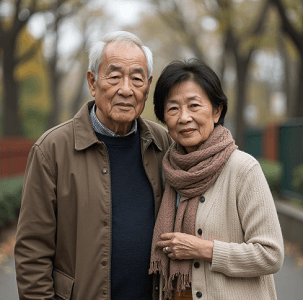Once considered the healthiest older adult group in the United States, Asian Americans have lost that distinction, according to a new study. Non-Hispanic White Americans now report the lowest disability rates among seniors, reversing a long-standing trend.
Researchers used disability rates—defined as long-term physical or mental conditions that limit independent living—as a measure of health. While all other racial groups saw a decline in disability rates over the past two decades, Asian Americans saw no improvement.
Lead author Leafa Ye challenged the “model minority” myth, stating that it “misrepresents the actual experience of U.S.-born Asians.” The study suggests that earlier assumptions about Asian American health may have been skewed by immigration patterns, where only the healthiest individuals were likely to navigate the demanding process of moving to the U.S.
Economic inequality may be a key factor in the shift. The study found that Asian Americans experienced a decline in the proportion of their population above the bottom income tier, while White Americans saw an increase. Among those aged 65 and older, the poverty rate for Asian Americans is 13%, compared to 9% for other groups.
The findings call for more research that challenges stereotypes and reflects the diverse realities of Asian American communities. As the population ages, understanding these disparities is critical to shaping equitable health policies.
See: “AAPI population no longer leads in health among older adults” (June 4, 2025)
